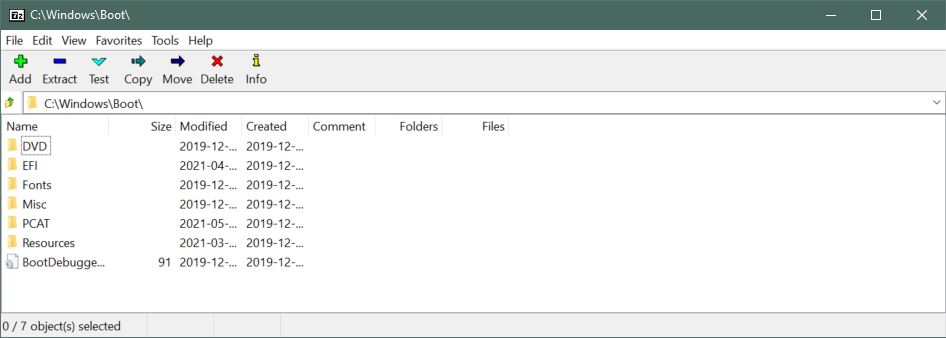

- WHAT IS THE DIFFERENCE BETWEEN PBP FILE AND RAR FILE DOWNLOAD
- WHAT IS THE DIFFERENCE BETWEEN PBP FILE AND RAR FILE WINDOWS
If you have 64-bit Windows, you need to download the 64-bit version of RetroArch. 64-bit is newer and faster, and 32-bit is older and slower.
WHAT IS THE DIFFERENCE BETWEEN PBP FILE AND RAR FILE WINDOWS
In short: these are types of Windows systems. So what are these and which version do you download? First, I'll start with 64-bit vs 32-bit. If it doesn't detect your OS or doesn't properly detect your device (maybe you're using a private browser?), scroll down on the Downloads page and look for the Windows category where you'll see four versions : So if you want your images to be smaller without compromising on quality or resolution, then go with PNG.When you go to download RetroArch from, the website should detect your OS and present you with an easy download button. It turns out that although they both excel at different features, PNG has an overall preference over BMP format because it’s a lossless image compression algorithm while BMP for Windows offers a higher maximum color depth than other platforms.

We compared the two file types from their technical specifications to see which is superior in terms of size and quality. In this blog post, we have discussed what BMP and PNG image file formats are. BMPs were once king among online graphic editors, but later file formats surpassed them with their ability to provide accurate editing support on complex imagery this means most people today choose PNG over older counterparts like Bitmap (BMP) and Icon ( ICO). They can also store more detailed graphics than other types of image compression such as JPG or GIF because they use lossless encryption when converting the data into an alpha channel format. PNG files are ideal for storing high-quality images that have been scaled down in size. These make up all four color channels of traditional photography stacks used by printers today to produce vibrant images throughout print workflows. In this case, you should avoid both BMP and PNG files because they have limitations when it comes to physical paper or inkjet inks that struggle with CMYK colors including cyan (blue), magenta (red+green) yellow key/black. The best choice for printing is not always the most popular one. so you’ll find yourself using either one for most projects unless there’s some other reason why one would be better (e.g., transparent background). However, the difference isn’t enough to make much of a note.

The advantage of using a BMP file over an equivalent PNG is that it has slightly higher quality. PNG supports additional compression to further reduce the file size. Most people are familiar with the benefits of PNG files over BMPs, but did you know that they’re also lossless? This means after compression and decompression, an image can be restored to its original quality. PNGs compress automatically, making them smaller than BMP images while still retaining most of their details. BMP files result in large file sizes for the way they handle individual pixels. File Sizeįor the same image or content, PNG files are smaller in size than BMP files. This means that reducing or expanding a PNG file doesn’t lose any information.įollowing are the key differences between BMP and PNG file formats. PNG, on the other hand, is a compressed and lossless file format. Due to this, these tend to have larger file sizes. BMP is an uncompressed and lossless file format. Though both are raster file types and were developed and released the same year, the big difference is in the compression scheme. Difference Between BMP and PNG File FormatsīMP and PNG files have a lot in common. In this blog post, we’ll take a look at the characteristics of BMP and PNG file formats, and discuss the difference between these two. But what’s the difference between them? Our previous blog post, BMP vs APNG, compared BMP and APNG file formats. Both have been frequently used in desktop and web applications until replaced by other modern image file formats such as WebP. BMP and PNG are two of the most common image file formats that you’ll encounter while working with images.


 0 kommentar(er)
0 kommentar(er)
